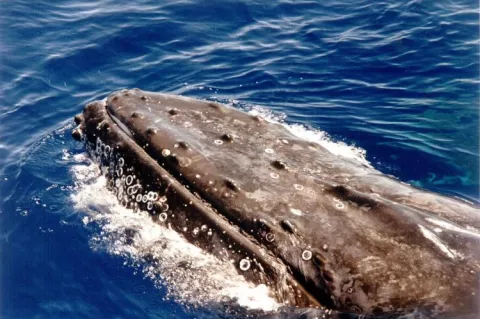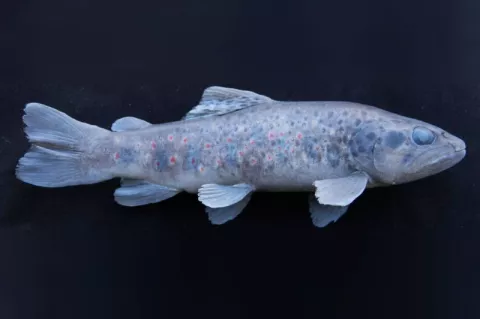Humpbacks make 'tick-tock' sounds to flush out hiding fish
Scientists have known that humpback whales have a trick or two when it comes to finding prey at the bottom of the ocean, but how they locate a meal at night with little or no light has remained a mystery.
A new study has analyzed the importance of specific auditory cues that the creatures emit as they search the deep ocean for prey. 'Humpback whales are known to cooperate with others to corral prey near the surface,' said Professor Susan Parks of Syracuse University. “Recent studies suggest they may cooperate [with each other], when feeding on bottom prey, as well”, she added.






